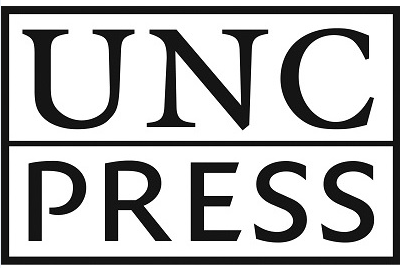The sheer mass of allusion to popular literature in the writings of
James Joyce is daunting. Using theories developed by Russian critic
Mikhail Bakhtin, R. B. Kershner analyzes how Joyce made use of
popular literature in such early works as
Stephen Hero,
Dubliners,
A Portrait of an Artist as a Young Man,
and
Exiles. Kershner also examines Joyce's use of rhetoric,
the relationship between narrator and protagonist, and the
interplay of voices, whether personal, literary, or subliterary, in
Joyce's writing.
In pointing out the prolific allusions in Joyce to newspapers,
children's books, popular novels, and even pornography, Kershner
shows how each of these contributes to the structures of
consciousness of Joyce's various characters, all of whom write and
rewrite themselves in terms of the texts they read in their youth.
He also investigates the intertextual role of many popular books to
which Joyce alludes in his writings and letters, or which he owned
-- some well known, others now obscure.
Kershner presents Joyce as a writer with a high degrees of social
consciousness, whose writings highlight the conflicting ideologies
of the Irish bourgeoisie. In exploring the social dimension of
Joyce's writing, he calls upon such important contemporary thinkers
as Jameston, Althusser, Barthes, and Lacan in addition to Bakhtin.
Joyce's literary response to his historical situation was not
polemical, Kershner argues, but, in Bakhtin's terms, dialogical:
his writings represent an unremitting dialogue with the discordant
but powerful voices of his day, many inaudible to us now.
Joyce, Bakhtin, and Popular Literature places Joyce within
the social and intellectual context of his time. Through stylistic,
social, and ideological analysis, Kersner gives us a fuller grasp
of the the complexity of Joyce's earlier writings.

